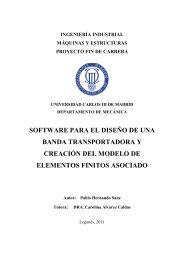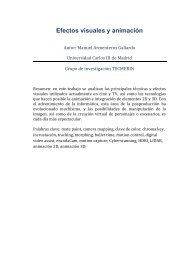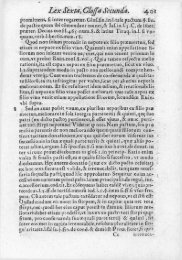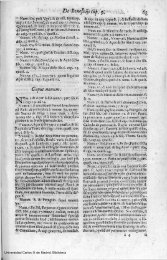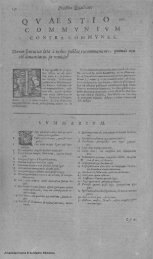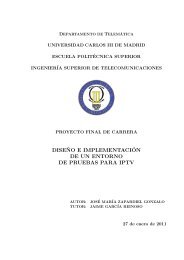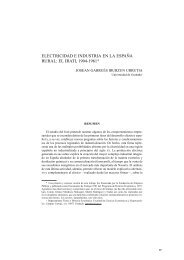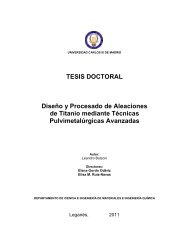Land tenure inequality, harvests, and rural conflict ... - e-Archivo
Land tenure inequality, harvests, and rural conflict ... - e-Archivo
Land tenure inequality, harvests, and rural conflict ... - e-Archivo
You also want an ePaper? Increase the reach of your titles
YUMPU automatically turns print PDFs into web optimized ePapers that Google loves.
The dependent variable takes value 1 if there was at least a strike or collective<br />
trespassing event starting in town i in month t <strong>and</strong> takes value 0 if there was none.<br />
Conflict was unevenly distributed. In the case of <strong>rural</strong> strikes, between 30 to 40 per<br />
cent of towns only experienced one <strong>conflict</strong> episode between April 1931 <strong>and</strong> July<br />
1934. Clustering is more extreme when I consider “trespassing”. Table 1 shows the<br />
averages for the manifestations of <strong>conflict</strong> considered here: a sizable fraction of towns<br />
experienced zero or just one strike over 3 years <strong>and</strong> most towns did not record acts of<br />
collective trespassing.<br />
INSERT TABLE 1 ABOUT HERE<br />
4. Types of <strong>conflict</strong> <strong>and</strong> outcomes<br />
Peasant strikes can be separated into two main groups: those taking place immediately<br />
before or during the harvest, generally over collective contracts, <strong>and</strong> <strong>conflict</strong>s in<br />
months outside the harvest, generally over the obligation of employers to employ<br />
unemployed workers. With respect to <strong>conflict</strong>s around the harvest time, happening<br />
around May-June for wheat <strong>and</strong> in November-December for olives, a large proportion<br />
of strikes occurred in the period in which collective contracts regulating the working<br />
conditions in the harvest were negotiated. In the case of Seville, Pascual Cevallos<br />
shows more than 90 per cent of <strong>conflict</strong>s took place around the main harvest periods<br />
(Pascual Cevallos, 1983: 100). The evidence for Jaén <strong>and</strong> Córdoba shows a greater<br />
share of strikes by unemployed workers. For example, in 1931-1932, 35 per cent of<br />
the strikes in the province of Jaén listed by the FNTT revolved around the issue of<br />
unemployment (“crisis de trabajo”) (FNTT, 2000: 205-6).<br />
18




